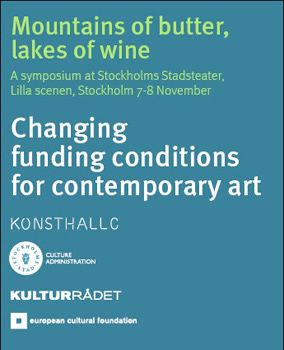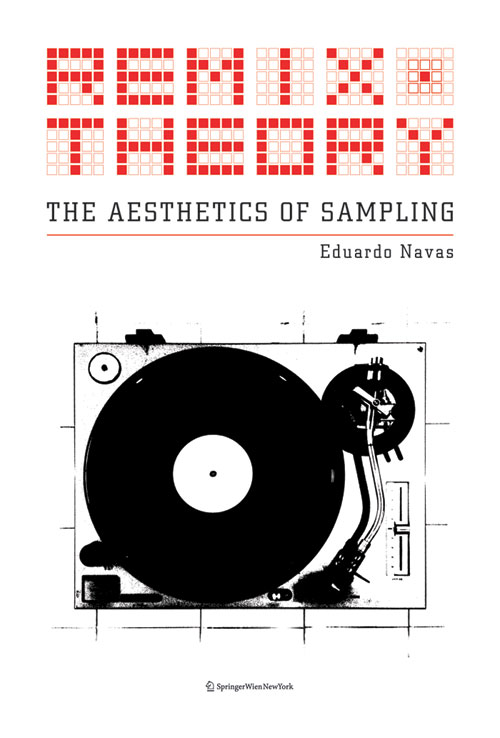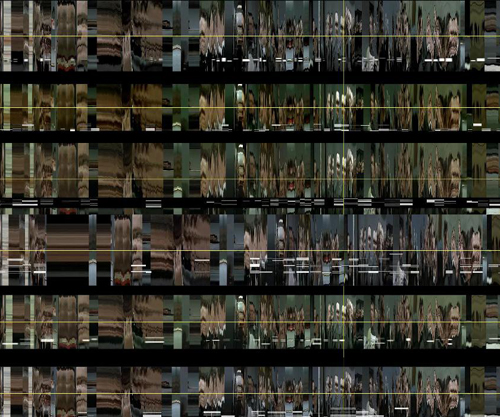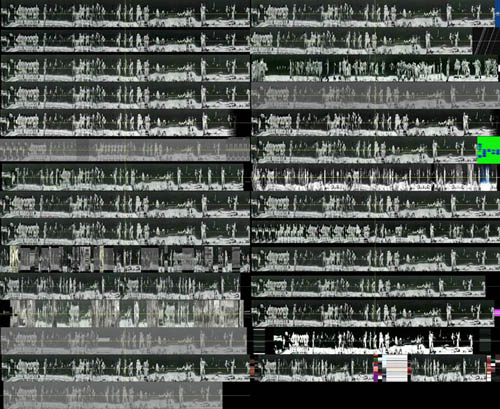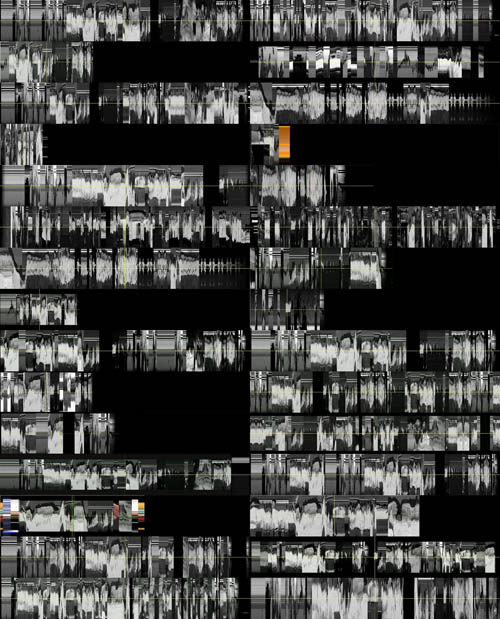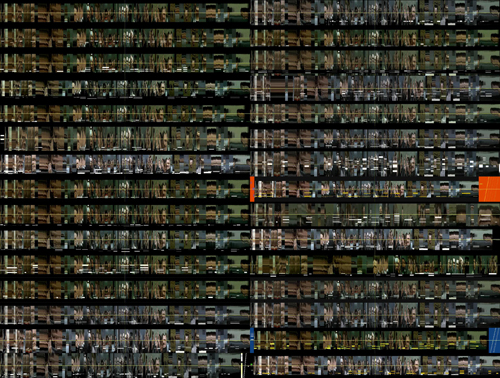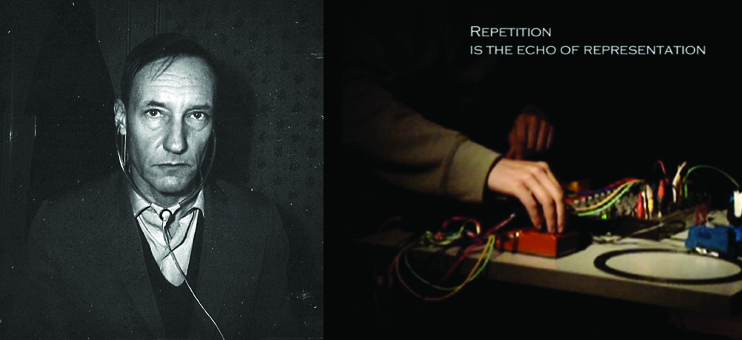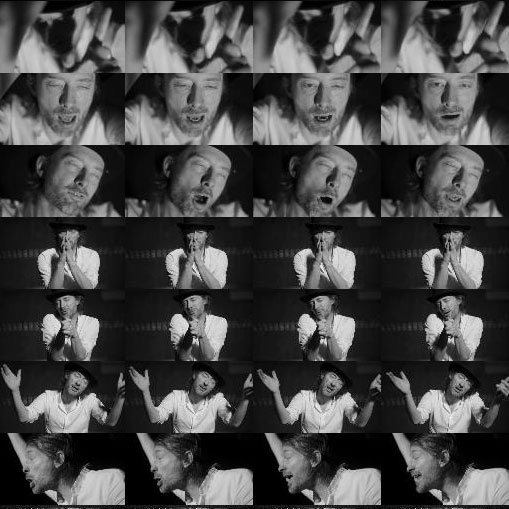Book Sprint on The New Aesthetic
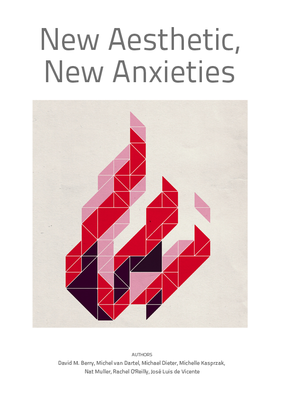
This entry was originally posted on Vodule
Note: Previously this entry read “book print.” This was a mistake on my part. It should be “book sprint.”
I recently read the “book sprint” New Aesthetic, New Anxieties by a group of media researchers, theorists and curators, who got together for three and a half days from June 17–21, 2012, at V2, in Rotterdam, The Netherlands.
The concept of coming together for just a few days to brainstorm a book is certainly something worth considering as an act of creative critical practice. The book from this standpoint functions surprisingly well, especially because its premise is delivered to match the speed of change that its subject (The New Aesthetic) experiences in the daily flow of information throughout the global network. I personally find amazing that a book of this sort can be put together with some cohesion.
The subject of the book is The New Aesthetic, a term /concept that has been making the rounds on the Internet for a bit over a year and a few months, but which really took off when Bruce Sterling wrote about it for Wired on April 2, 2012. Since then many have written about it; the latest manifestation is the book sprint.
With all respect to the authors, I will state that the text is not fully cohesive, as it becomes obvious that much of the content consists of copy/paste material that was clearly worked over to somewhat match a book format in just three and a half days. Clearly some stuff had to be written on the spot, but many of the references in the footnotes could not be gathered so quickly–or at least everyone had to come prepared with some strong references to use well before the writing sessions would begin. What the book sprint does accomplish is provide a good sense of the initial stages of The New Aesthetic in order to reposition the concept in terms of a more critical practice. The New Aesthetic, based on what I have been reading about it for a few months now, is not a term initially invested in criticality, but rather it befriends trending strategies of the design world which more often than not is primarily invested in landing major corporate contracts.
I won’t dwell on my own views on The New Aesthetic in this case. For now, I prefer to share some links that also complement The New Aesthetic, New Anxieties Book sprint. They appear below. I did not include the authors’ names, but you can certainly find them once you click on the links.
———–
The New Aesthetic Blog:
http://new-aesthetic.tumblr.com/
An Interview With James Bridle of the New Aesthetichttp://www.huffingtonpost.co.uk/robert-urquhart/an-an-interview-with-jame_b_1498958.htm
The New Aesthetic: Waving at the Machines
http://booktwo.org/notebook/waving-at-machines/
An Essay on the New Aesthetichttp://www.wired.com/beyond_the_beyond/2012/04/an-essay-on-the-new-aesthetic/
In Response To Bruce Sterling’s “Essay On The New Aesthetic”
http://www.thecreatorsproject.com/blog/in-response-to-bruce-sterlings-essay-on-the-new-aesthetic
We are the droids we’re looking for: the New Aesthetic and its friendly critics
http://blog.jjcharlesworth.com/2012/05/07/we-are-the-droids-were-looking-for-the-new-aesthetic-and-its-friendly-critics/
What Is the “New Aesthetic”?
http://stunlaw.blogspot.com/2012/04/what-is-new-aesthetic.html
The New Aesthetic Revisited: the Debate Continues
http://www.wired.com/beyond_the_beyond/2012/05/the-new-aesthetic-revisited-the-debate-continues/
#sxaesthetic
http://booktwo.org/notebook/sxaesthetic/
The New Aesthetic: Seeing Like Digital Devices at SXSW 2012
http://joannemcneil.com/index.php?/talks-and-such/new-aesthetic-at-sxsw-2012/
SXSW, the new aesthetic and commercial visual culture
http://noisydecentgraphics.typepad.com/design/2012/03/sxsw-the-new-aesthetic-and-commercial-visual-culture.html
The New Aesthetic
http://www.aaronland.info/weblog/2012/03/13/godhelpus/#sxaesthetic
SXSW, the new aesthetic and writing
http://russelldavies.typepad.com/planning/2012/03/sxsw-the-new-aesthetic-and-writing.html
What is the New Aesthetic?
http://gizmodo.com/5901405/what-is-the-new-aesthetic
The New Aesthetic Needs To Get Weirder
http://www.theatlantic.com/technology/archive/2012/04/the-new-aesthetic-needs-to-get-weirder/255838/
Bruce Sterling interviewed about the New Aesthetic
http://boingboing.net/2012/06/21/bruce-sterling-interviewed-abo.html
Why the New Aesthetic isn’t about 8bit retro, the Robot Readable World, computer vision and pirates
http://revdancatt.com/2012/04/07/why-the-new-aesthetic-isnt-about-8bit-retro-the-robot-readable-world-computer-vision-and-pirates/
The Banality of The New Aesthetic
http://www.furtherfield.org/features/banality-new-aesthetic
Is Fashion Ready for a New Aesthetic?
http://www.businessoffashion.com/2012/05/is-fashion-ready-for-a-new-aesthetic.html
New Aesthetic Street Art
http://hyperallergic.com/53662/new-aesthetic-street-art-jilly-ballistic/
The New Aesthetics: Problems and Polemics (Part 1)
http://www.realityaugmentedblog.com/2012/05/the-new-aesthetics-problems-and-polemics-part-1/
The New Aesthetic Problems and Polemics (Part II)
http://www.realityaugmentedblog.com/2012/05/the-new-aesthetic-problems-and-polemics-part-ii/
The New Aesthetic: Further Thoughts
http://www.realityaugmentedblog.com/2012/06/the-new-aesthetic-further-thoughts/

